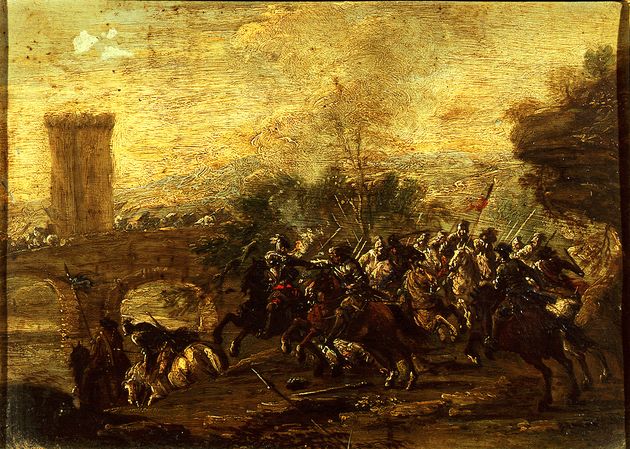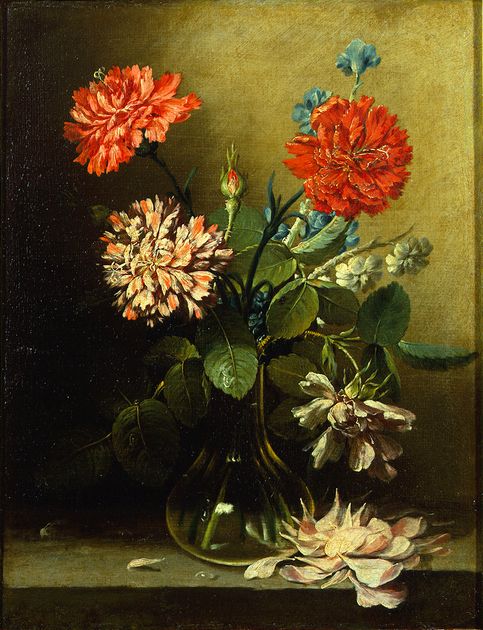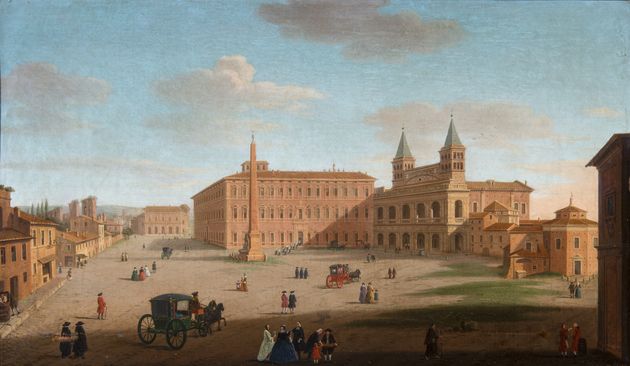Triumph of Fruit
Carlo Manieri XVII sec. d.C./ seconda metàA work attributed to Carlo Manieri, a Roman painter active between 1662 and 1700, specialising in still lifes, already known at the time for his opulent compositions set in interiors adorned with curtains and collectibles, bouquets of flowers and triumphs of fruit. Manieri was a master, whom Eduard Safarik had already identified for some years through descriptions in the inventories of Roman collections, such as that of the Colonna House.
The representation of the triumph of fruit set outdoors, in great abundance and variety, sometimes under rows of vines, is a distinctive and recurrent element in still life painting in Rome and Naples between the end of the 17th century and the first half of the 18th century.
The bright, glossy paint of this canvas, which responds sensitively and vividly to light, also indicates a focus on Nordic examples, such as the contemporary paintings of Christian Berentz. This Dutch and northern style is grafted onto the clearly Roman compositional layout and finds its most significant precedent in the work of Michelangelo Cerquozzi, a still life painter.




































